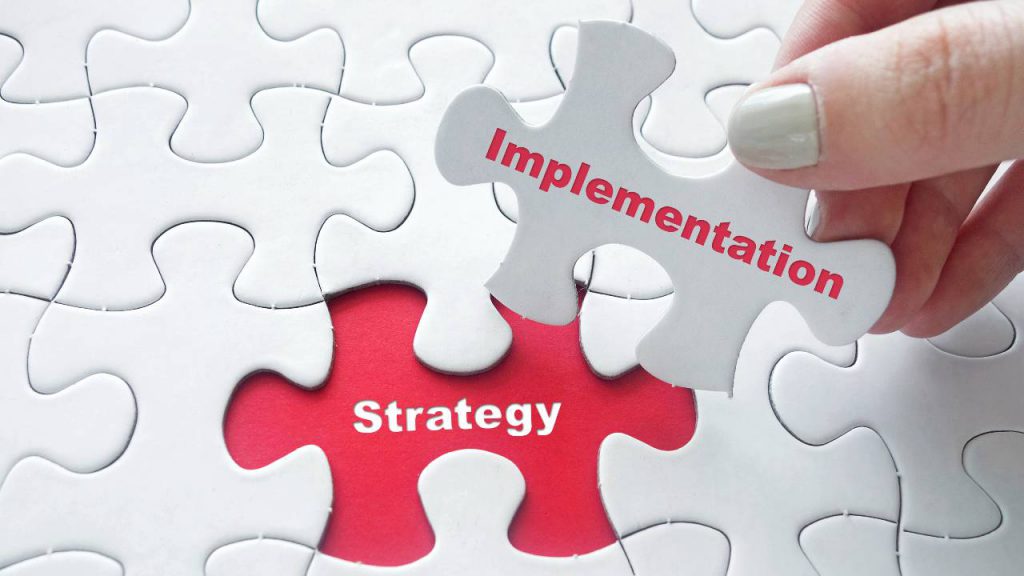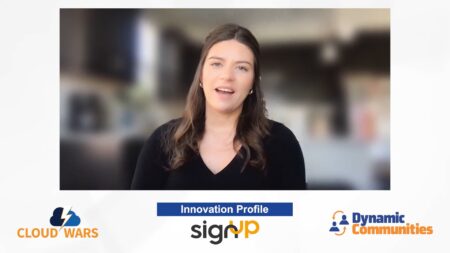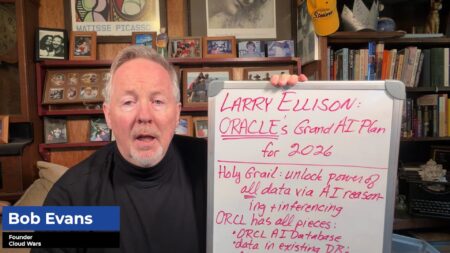Written by Gill Walker, CRM Success Catalyst – Opsis
Getting a poor result in a CRM system implementation – or in fact in pretty much any technology – is a common frustration. After all, a large proportion – up to 85%!! – of projects are deemed to fail. I have written and spoken about his failure rate elsewhere. Getting a fantastic result in your CRM project, however, is also not hard. However, achieving that fantastic result may require some changes in your thinking and perhaps your plans.

The two major parts to the project are the strategy and the implementation. If you want a fantastic result (and who doesn’t?), you must get both your strategy and your implementation right. And getting them right requires more than wishing or wanting.
I am currently helping a client, who has invested several hundred thousand dollars into a CRM (D365) project which has now been shown to be structurally unsound. Because it is structurally unsound, they are unable to build marketing lists and they have huge numbers of duplicate records.
Even the best technology has limitations and the easiest way to not fall victim to those limitations is education. Education delivers understanding.
My client explained that they do not have a culture of training or education, so they trusted their partner. The partner waxed lyrical about their approach. The partner even said that my client was too immature to accept training or scoping – two of the foundational pieces of a good implementation. My client trusted the partner who promised an agile delivery. In fact, ‘agile’ was one of the reasons that neither scoping nor training was deemed necessary. The partner also did not understand agile delivery, and instead advocated no planning, no scoping, no documentation, no structure, and no training!! It turned out that my client was the first D365 implementation that the partner had delivered and that some of the technical team – including the lead – were learning on the job. This client had a weak strategy and was given a poor implementation which has led to a disastrous result.
The key to getting your implementation right is education. And education is far more than end-user training. It is essential that key people, throughout the project, understand your selected technology. This understanding means that your requests are reasonable and do not stretch the technology to (or beyond) its breaking point. In fact, understanding will allow you to leverage the technology and to work with it, to get the most out of it.

Another client of mine – several years ago – insisted that I created a custom entity (in Microsoft CRM) for suppliers. They rejected my solution of using a flag to separate suppliers from clients – an out-of-the-box solution, then and today – in the technology. Once the custom entity was created, it needed days of work to meet the client’s requirements – days of work that simply recreated out-of-the-box functionality, and cost money. This requirement was endorsed by their partner – who also did not understand the technology, but believed that the client is always right.
Understanding of the technology, some of how it works, and some of its limitations ensure that you are not led ‘up the garden path’. Understanding gives you the ability to ask intelligent questions. Intelligent questions will enable you to ensure that your implementation team is making sensible design decisions. Understanding will allow you to spot a technical team who is out of their depth – and provide them with assistance before they make big mistakes. Understanding could be the saviour of your project.
For every business requirement, there will be multiple possible solutions. Of these, some will be better than others. Reviewing each of these possible solutions, and deciding which is the best way to solve the problem requires an understanding of the technology and the business.

Understanding is essential, regardless of the project implementation approach that you choose – agile, or closer to waterfall. Whether you select an agile approach, or something closer to a waterfall approach, it is essential to remember that you are implementing an existing technology. And that the existing technology has been built with best practices in mind. If your requirements are radically different from those offered by the technology, they are probably not best practice.
People cannot simply be put into a role and assumed to get on with it and deliver that role successfully. This applies at all levels of the project – in both the strategy and the implementation. People must have the foundational skills to be able to perform that role. Even when you are bringing people in from third parties, it is still your responsibility (caveat emptor – buyer beware) to ensure that everyone has the necessary skills. Perhaps it should not be your job, but surely you would rather assume this mantle of responsibility than end up where my client is – with a disaster on your hands.
My client will now probably have to pay more than they originally budgeted to re-implement their solution – and to do this to a tight deadline as the original implementation did not allow for the upcoming retirement of the classic user interface – not a fantastic result, or even an acceptable result, by anyone reasonable’s definition.
I have many, many more stories similar to those above. If you want to avoid joining up to 85% of projects that are deemed failures and perhaps even paying vast sums of money to get them fixed, invest in education throughout your project team. If you would like help in understanding what education is required by your particular team, please do reach out.
Opsis‘ Gill Walker provides a range of Dynamics 365 training and education:
- Business user training – to help you get the most out of your technology, the understanding of what is in the box – before customisation is started;
- Technical training, if you want to plug gaps in your technical team;
- Flexible mentoring for your leadership team, so they are supported while making those key decisions;
- Train the trainer – so all users can be trained by experienced trainers, and of course,
- End-user training.
Related DAC Content
Industry Cloud Implementations, AI and Machine Learning with Logan Consulting
Back @ IT: Timing is Critical for Automation Success
DAC News Desk: Get to Know CRM, User Adoption, and More with Heidi Neuhauser
Deep Roots in BC/NAC & Customer-Centric Focus: Inside Innovia Consulting
Listen to the latest DAC Podcast with Gill Walker CRM Success Catalyst






